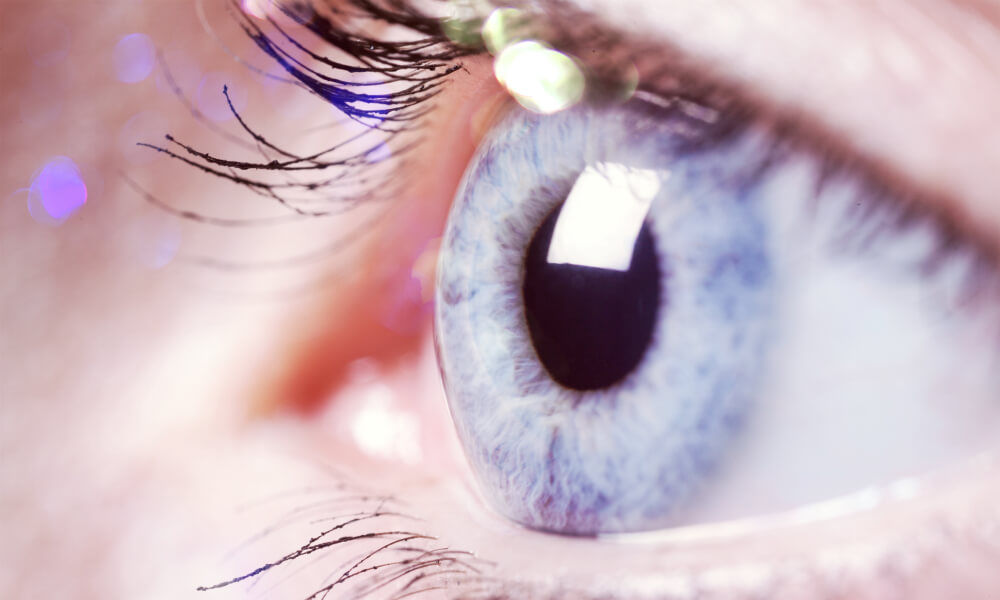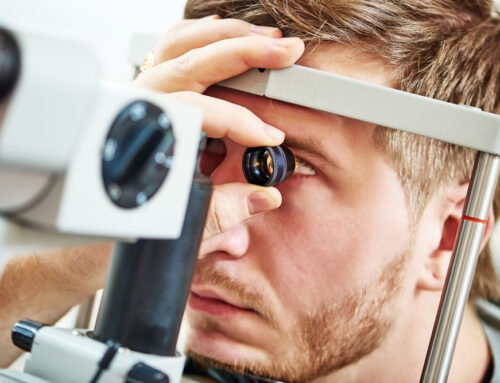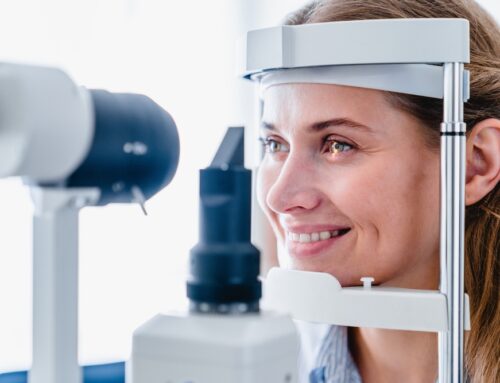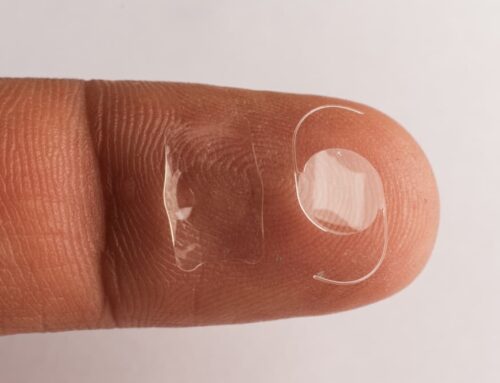Intraocular lens (IOL) implantation is a life-changing procedure that can restore vision and improve the quality of life for those with cataracts or refractive errors. However, the journey to stable, optimized vision after surgery is not always straightforward. In this post, we’ll explore the factors influencing vision stability post-IOL surgery, the timeline for recovery, and the importance of post-operative monitoring.
Factors Influencing Vision Stability
Some factors that can impact vision stability after IOL surgery include:
Type of IOL
The type of IOL implanted can greatly impact the stability of vision after surgery. Monofocal lenses provide good distance vision but may require glasses for reading or intermediate distances. Multifocal and toric lenses offer a wider range of vision but may have a longer adjustment period.
Modern IOL Formulas and Biometry
Advancements in IOL formulas and biometry techniques have greatly improved refractive outcomes after cataract surgery. However, even with the most precise measurements and calculations, individual anatomical variations and healing responses can lead to refractive surprises.
Refractive Surprises and Enhancements
Patients may sometimes experience residual refractive error after IOL surgery, requiring additional enhancements such as laser vision correction or IOL exchange. Our experienced ophthalmologists in Reno work closely with each patient to determine the best action for optimizing their vision.
Binocular Vision Alterations
The implantation of an IOL can also alter binocular vision, particularly if there is a significant difference in the refractive status between the two eyes. This can lead to temporary visual disturbances as the brain adapts to the new visual input.
Available Materials
Intraocular lenses (IOLs) are made from a variety of materials, each selected for its unique properties and advantages. The most commonly used materials include polymethylmethacrylate (PMMA), silicone, and acrylic (available in both hydrophobic and hydrophilic variants).
- PMMA: Renowned for its clarity and rigidity, PMMA has a long-standing history of use, although it necessitates a larger incision during surgical procedures.
- Silicone IOLs: These lenses provide enhanced flexibility, enabling smaller incisions and promoting faster recovery times.
- Acrylic IOLs: Hydrophobic acrylic options are particularly favored for their biocompatibility and lower risk of posterior capsule opacification, a common postoperative complication.
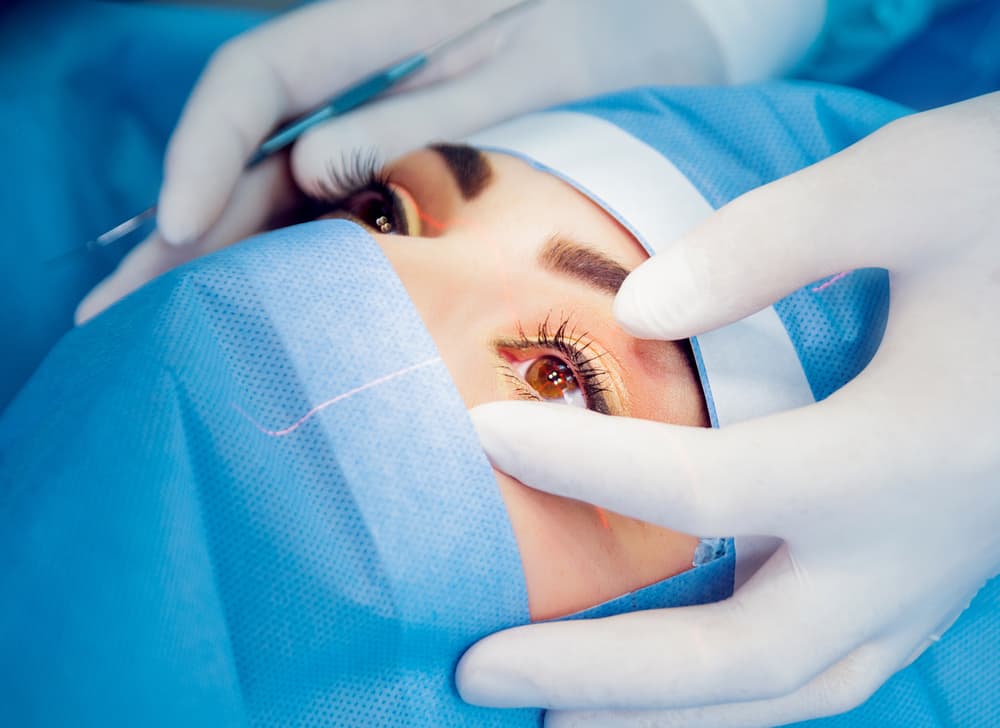
Timeline for Vision Stabilization
It is important to know the vision stabilization timeline after IOL surgery. Here is a general overview:
Return to Preoperative Values
Most patients can expect their vision to return to preoperative values within a few days to a week after IOL surgery. However, it’s important to note that this initial recovery period does not necessarily indicate long-term stability.
Refractive Stabilization with Small Incision Techniques
With modern small-incision cataract surgery techniques, refractive stabilization typically occurs within 2-4 weeks postoperatively. However, individual healing responses may result in fluctuations in vision during this period.
Importance of Post-Operative Monitoring
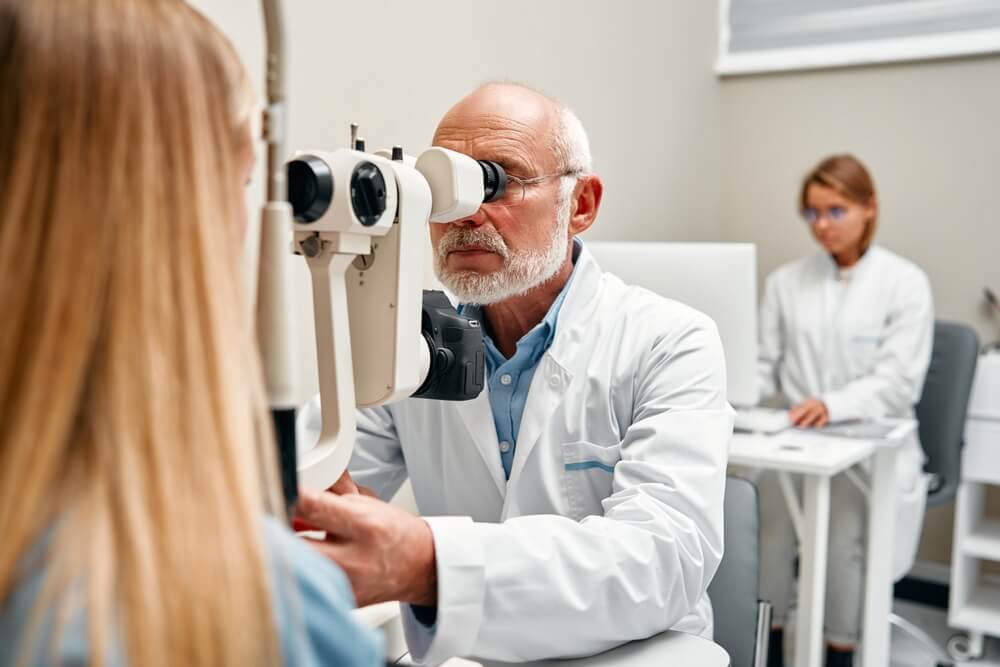
Now that your vision is corrected, continuing postoperative monitoring with your ophthalmologist is important. Regular follow-up appointments allow for early detection of any issues that may arise during the healing process and ensure optimal long-term vision stability.
Definitive Refractive Measurements
Definitive refractive measurements should be taken at least four weeks after IOL surgery to ensure accuracy and stability. This allows our ophthalmologists to assess the need for additional enhancements or adjustments.
Managing Patient Expectations
Patients must understand that the journey to stable, optimized vision after IOL surgery may take time and require additional interventions. Our team at Eye Care Professionals in Reno is dedicated to guiding patients through this process and setting realistic expectations.
Potential Need for IOL Exchange
In rare cases, an IOL exchange may be necessary to achieve the desired refractive outcome. This decision is made after careful evaluation and discussion with the patient, considering their needs and goals.
Trust The Experts at Eye Care Professionals
Each patient’s path to stable, optimized vision after IOL surgery is unique. Patients can better navigate their journey with their ophthalmologist by understanding vision stability factors, recovery timelines, and the need for post-op monitoring.
At Eye Care Professionals, our skilled ophthalmologists provide personalized care and guidance throughout the post-IOL surgery care recovery process. If you have any questions or concerns about your vision after cataract surgery, don’t hesitate to contact our team.




